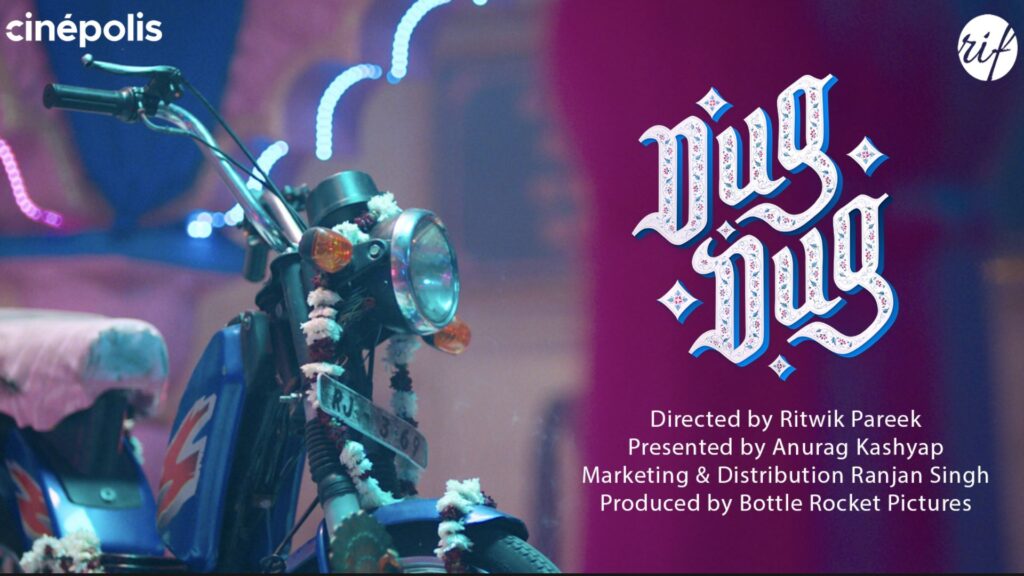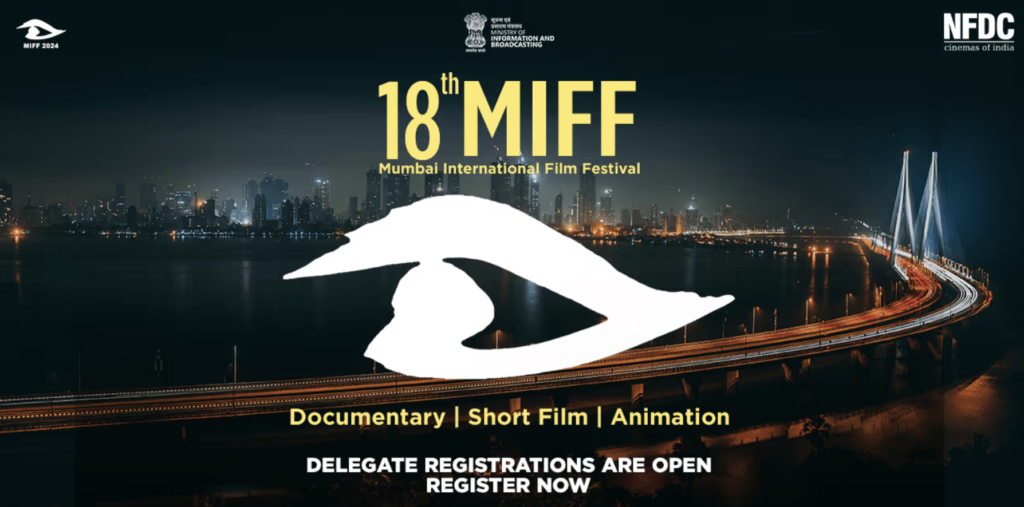In 2025, film festivals stopped being curated – they got coded. “AI, Archives, and Algorithm” isn’t just an edgy panel title from some hipster Cineposium; it’s the new holy trinity of how global festivals are picking their lineups, crafting their vibes, and deciding what deserves a standing ovation and what gets ghosted. Remember when Cannes felt like a sacred ritual, with dusty film scholars and industry gods whispering in the Palais? Now, a Google DeepMind bot co-trained on Tarkovsky’s dream sequences and K-pop MV analytics is lowkey doing the shortlisting. And no one’s talking about how spooky that is. Here’s the tea: in 2024, Sundance piloted a back-end algorithm to “diversify and decentralize” its catalogue – coded by a team who once worked on Spotify’s Discover Weekly. Your next experimental Iranian slow-burn might’ve been approved the same way your playlist decided you’re sad on Tuesdays. And that rabbit hole? Goes deeper. TIFF’s new Archive Intelligence Engine scrapes silent films, YouTube shorts, even unreleased director’s cuts in Vimeo limbo – cross-referencing themes, shot structures, and audience sentiment scores to predict “festival fit”. It’s part tech marvel, part digital necromancy. But there’s a darker twist: smaller filmmakers are reporting their films being rejected because “similar themes were already explored in higher engagement clusters”. What happened to originality? SFIFF’s 2023 winner Subterrain Sonata was originally rejected by four major fests until an indie coder ran it through a reverse-curation script that mimicked AI’s taste matrix. Boom – resubmitted under a pseudonym, and it got in. Which means: curation is no longer about the curator. It’s about the code they trust. We’re using machines trained on archives to disrupt the very archivism that kept cinema sacred. We’re in a Black Mirror episode co-written by Susan Sontag and OpenAI. Because this isn’t just about programming – it’s about rewriting who gets to call something cinema in the first place.
It all started as a vibe check: festivals wanted to be more “inclusive”, “innovative,” “accessible” – but didn’t wanna deal with the human politics of curation, so they started outsourcing taste to the machines. AI, trained on decades of global cinema, could find undiscovered genius in the noise. But it’s mostly reinforcing patterns it already knows. Like, a 2023 Venice Biennale AI assistant called NEBULA was designed to find “emotionally resonant narratives” across cultures, but insiders say it gave consistently higher scores to films with blue-heavy palettes and classical string scores. The algorithm was lowkey colorist AND vibist. Deep trivia moment: the training dataset for NEBULA pulled heavily from the Criterion Collection’s digital archives – except Criterion’s catalogue, while iconic, is disproportionately skewed toward post-war European auteurs and American indie darlings. So it started giving low scores to African magical realism and Southeast Asian hyperlocal surrealism because “viewer familiarity index was low”.
Bong Joon-ho called this in 2019 when he said “once you overcome the one-inch-tall barrier of subtitles, you will be introduced to so many more amazing films”, but now the new barrier? It’s code that thinks in English, feels in Hollywood, and dreams in Bergman. And no one’s talking about how tech is re-defining what counts as emotion. AI sentiment analysis literally assigns numerical values to human tears. There’s something wild about a bot saying, “This sequence triggers 3.6 sadness units” when Tony Leung hasn’t even looked up yet. And then there’s the archive situation: festivals are using AI to “resurrect” lost films and forgotten voices, which sounds noble.
Like at the 2024 Berlinale, they premiered Melancholy Resistance: Redux, a reconstructed version of a half-burnt Hungarian film from the ’70s using GAN-generated frames and voice synthesis based on surviving audio reels – except the OG director’s family never consented. It was tech necromancy. They literally deepfaked a dead man’s art. It also sparked this whole debate: are we archiving or appropriating? Reclaiming or repackaging? Netflix’s back-end data (which some fests are now licensing) has an “Emotive Engagement Quotient” score that literally ranks how long viewers linger on frames before pausing or rewinding. That data is now being used to predict festival success. So basically the rewatch of Portrait of a Lady on Fire might’ve taught a bot that long glances, awards potential. And it gets messier. Tribeca tried a pilot where indie filmmakers submitted not just their films, but also metadata on their edit decisions – frame lengths, BGM sync rates, even colour theory breakdowns – so an AI could “learn from the creator’s intention”.
The AI ended up flagging films with too many “non-productive silences” and “ambiguous character motivations” as “potentially confusing”. Ambiguity is the language of cinema. On a more serious note: there’s a crisis of consent. A lot of these archival projects are resurrecting films, characters, voices without community input. Imagine an AI trying to reconstruct Satyajit Ray’s unmade The Alien by feeding it into a neural net with Spielberg and Tarkovsky’s stuff – it might look sexy on screen, but is it Ray? Or just a ghost of him trapped in machine logic? A 2024 audit of the Cannes Selection Algorithm prototype (CaSA) revealed that films submitted from IPs in North America and Western Europe had a 36% higher chance of being shortlisted – even when anonymized. That’s not just bias. That’s neo-digital colonialism.
The algorithm assumes that better WiFi makes better cinema. On paper, the AI revolution in festivals was supposed to democratize art. But in practice, it’s turning festivals into echo chambers where only the kind of “diversity” the bot has seen before gets a seat. Like, in 2023, South Korea’s Bucheon Film Fest ran an experimental “AI Jury” – which ended up awarding The Algorithm Is You, a documentary about AI, with the top prize. Real mirror-in-a-mirror-in-a-mirror energy. And then there’s this huge philosophical question – can taste be taught? Is curation a science or an art? Because a lot of festival programmers – those old-school legends who used to fly to rural film fests in Kazakhstan just to discover a new voice – are being phased out for “data-informed selectors”. That’s just corporate code for “vibe check by spreadsheet.” And the most cursed part? This tech ain’t even neutral. It’s shaped by what it’s fed, who coded it, what biases they carried.
A Stanford study in 2025 found that film AIs trained on Western narratives struggled to parse non-linear storytelling structures common in Indigenous and African cinema – labeling them as “incoherent” or “structurally weak.” Imagine telling a griot that their oral history flow ain’t it ‘cause the bot said so. And in terms of pure impact, this isn’t just tweaking lineups – it’s reshaping funding cycles, pitching strategies, even genre trends. There’s already an uptick in AI-calibrated scripts that are being written specifically to score well with curatorial bots. That’s right. People are now writing for machines. So the very soul of festival cinema – the risk, the rawness, the rebellion – it’s at stake. Because if the machines only amplify what they already know, then where’s the space for the unknown? For the unpolished? For the weird? Cinema was supposed to be the last art form where you could still surprise the world.
In a world increasingly dictated by predictive analytics and algorithmic precision, the integration of AI into festival programming is not just a technological shift – it is a cultural upheaval, and arguably a dangerous one. There is an insidious illusion of democratization that hides the very real threat of homogeneity, where artistic innovation is no longer driven by daring human curators but by machine learning models that are inherently limited by their datasets and the coded biases of their creators. Festivals were once the last bastion of cinematic risk, spaces where the unknown could be platformed and the unconventional could shine. That spirit is rapidly being sanitized by a culture obsessed with optimization, metrics, and mass palatability.
The algorithm does not understand nuance – it rewards repetition, quantifiable engagement, and formulaic storytelling that it has already been trained to recognize. As a result, we are seeing the slow erasure of raw cultural specificity, of hyperlocal languages of storytelling that defy linear logic or Western tropes. The archival resurrection of forgotten films, once a radical act of cultural memory, is now veering toward digital necromancy, where voices of the dead are manipulated without consent, without context, without community. This is not just about who gets programmed – it is about who gets remembered, who gets remixed, and who gets rewritten. The future being built is not inclusive; it is selectively curated by machines that think taste can be measured in watch-time and frame symmetry. Festivals must reject this mechanized aestheticism and reclaim curation as a deeply human, political, and unpredictable act. Otherwise, they risk becoming reflections of their own coded limitations – echo chambers of past data masquerading as future vision.


